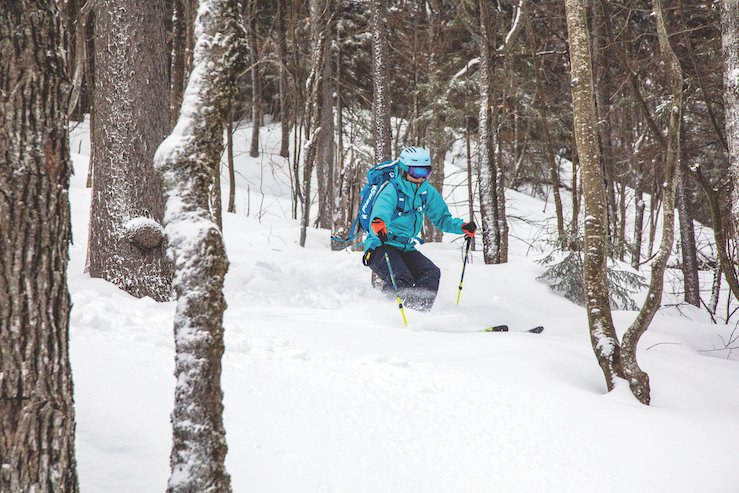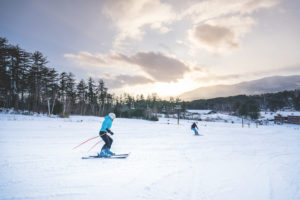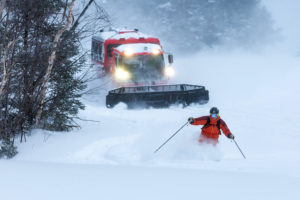
There’s no denying it — for the first time since lift-accessed terrain became popular, human-powered skiing is making a comeback. Maybe it’s rapidly increasing lift ticket prices, the progressive technology aimed at backcountry travel, motivation to become physically fit or simply all of the photos popping up on our Instagram feeds contributing to this increase
in popularity. But regardless, until climate change puts a stop to it, backcountry skiing is here to stay.
Regardless of whether it’s your first time leaving your favorite resort in search of serenity and powder turns, or you are an old-timer who has been earning your turns since before high-speed detachable quads existed, here are a few tips from backcountry skiers and riders for getting after it.
— Store your skins in your jacket, and know the avalanche forecast | “For quick transitions, fold up your skins and store them inside your jacket for the downhill. Your body heat will melt any snow and ice and keep the glue in good shape for the next uphill.
“Also, know the avalanche forecast, be aware of the hazards and choose your terrain accordingly.” — Ian Ferguson, publisher of Wild Northeast Magazine



